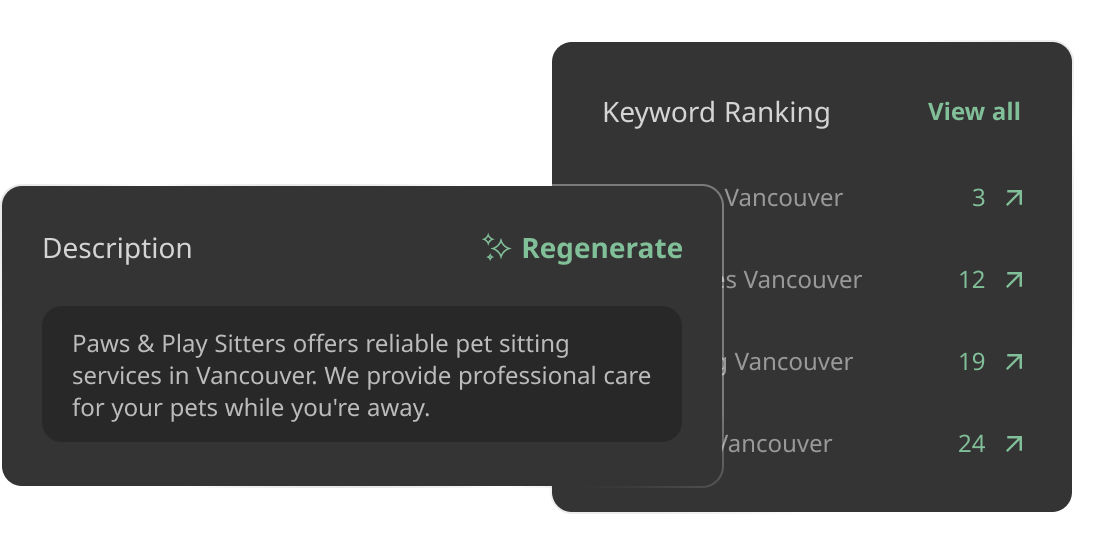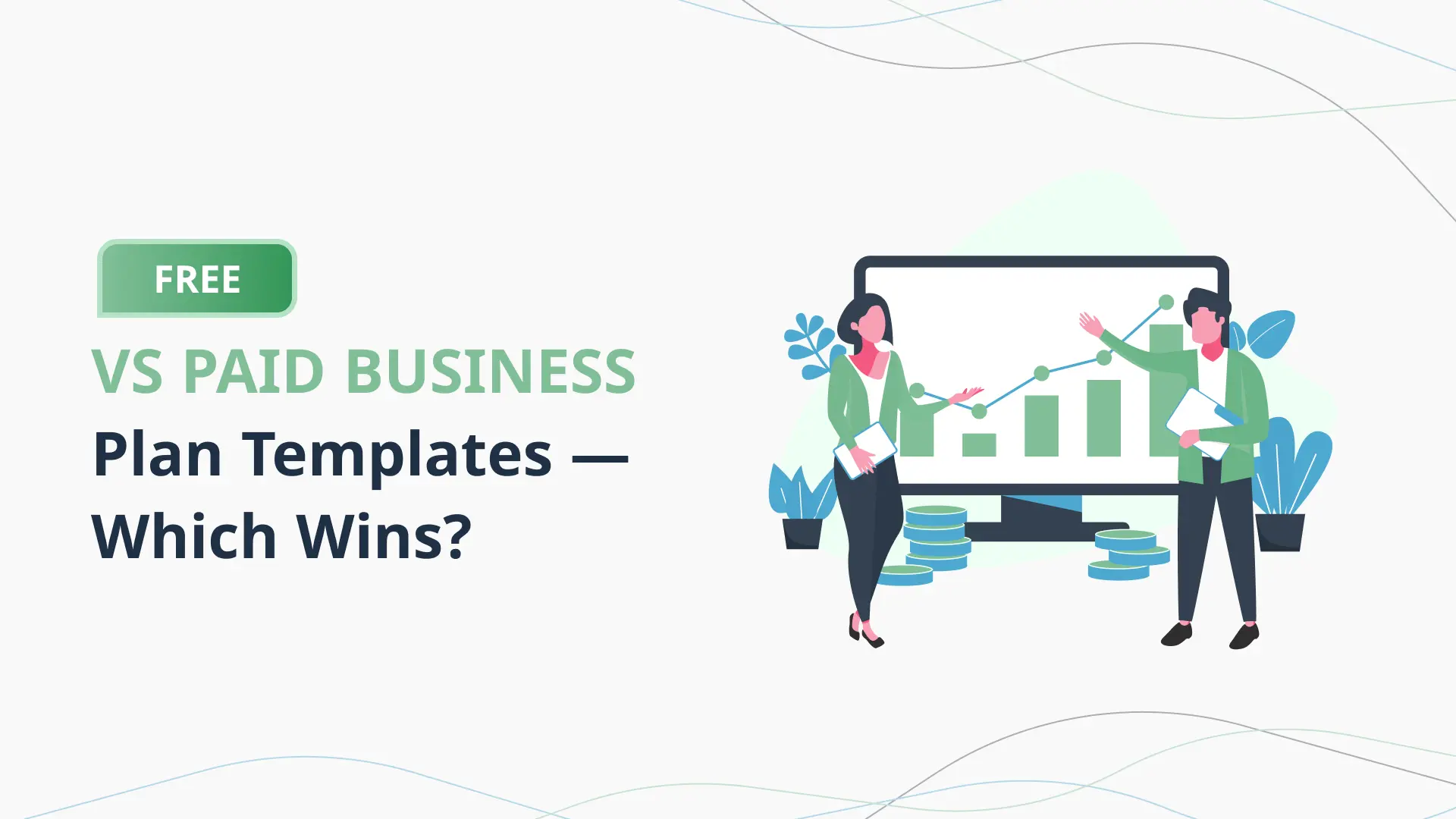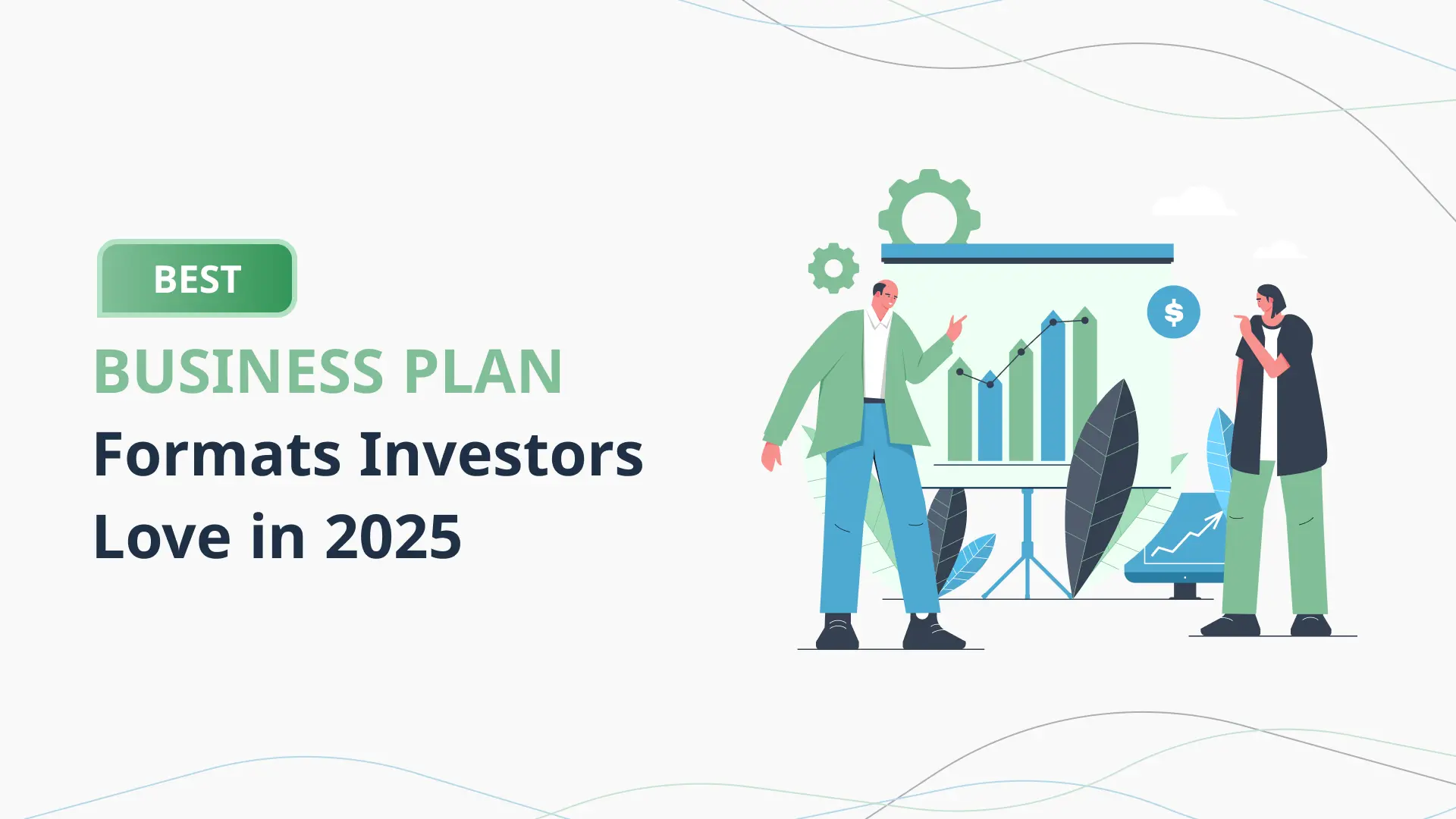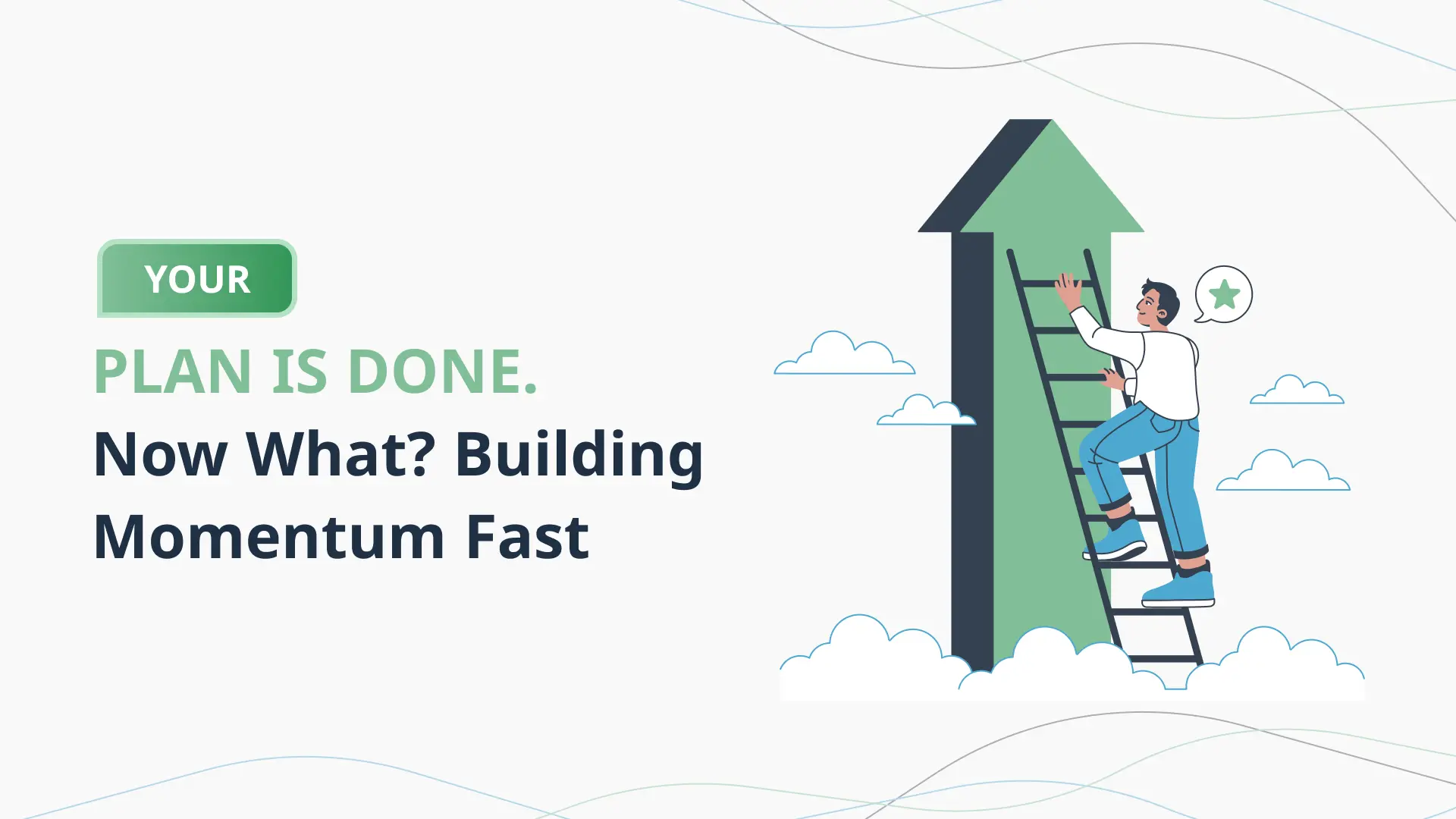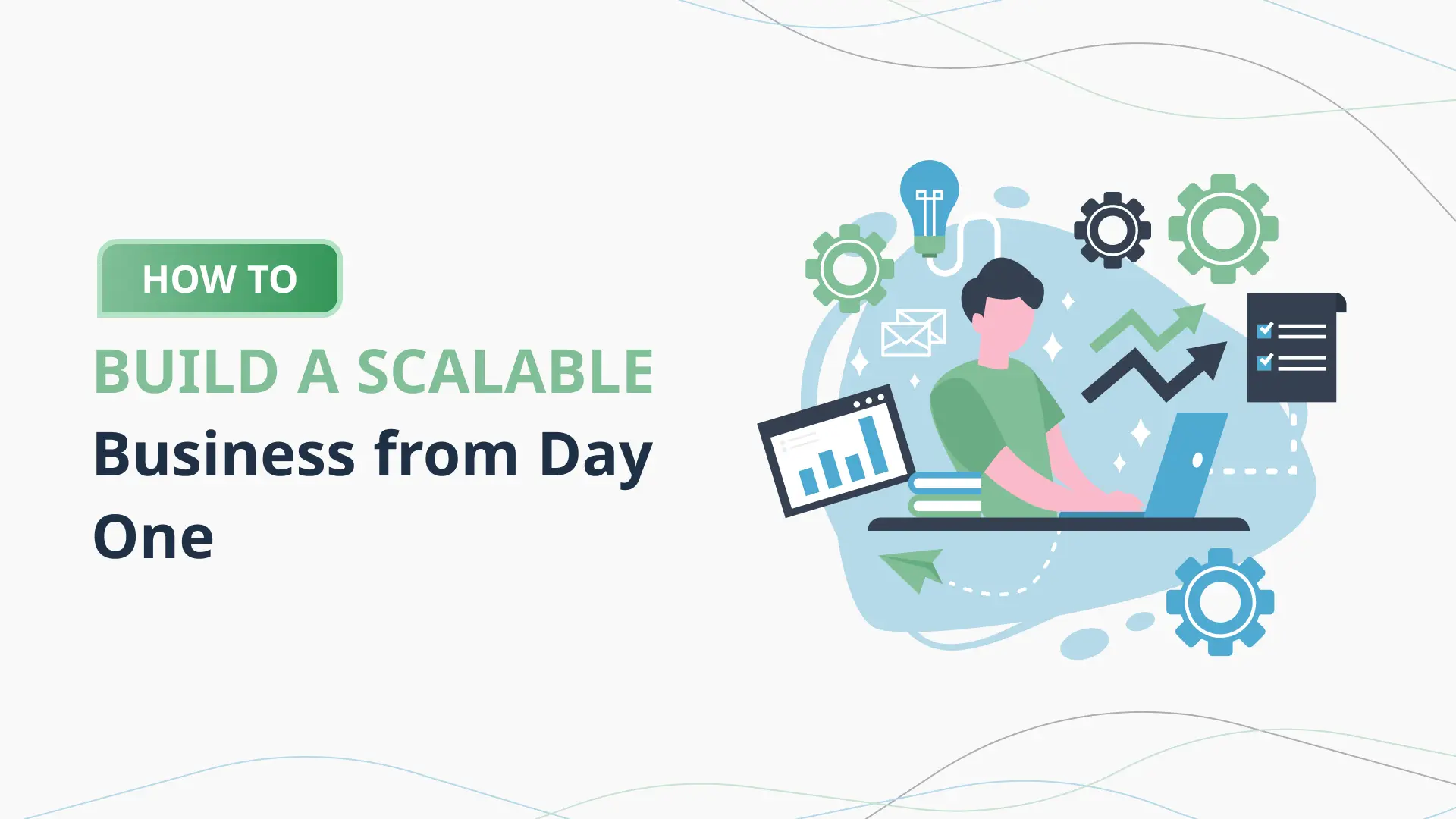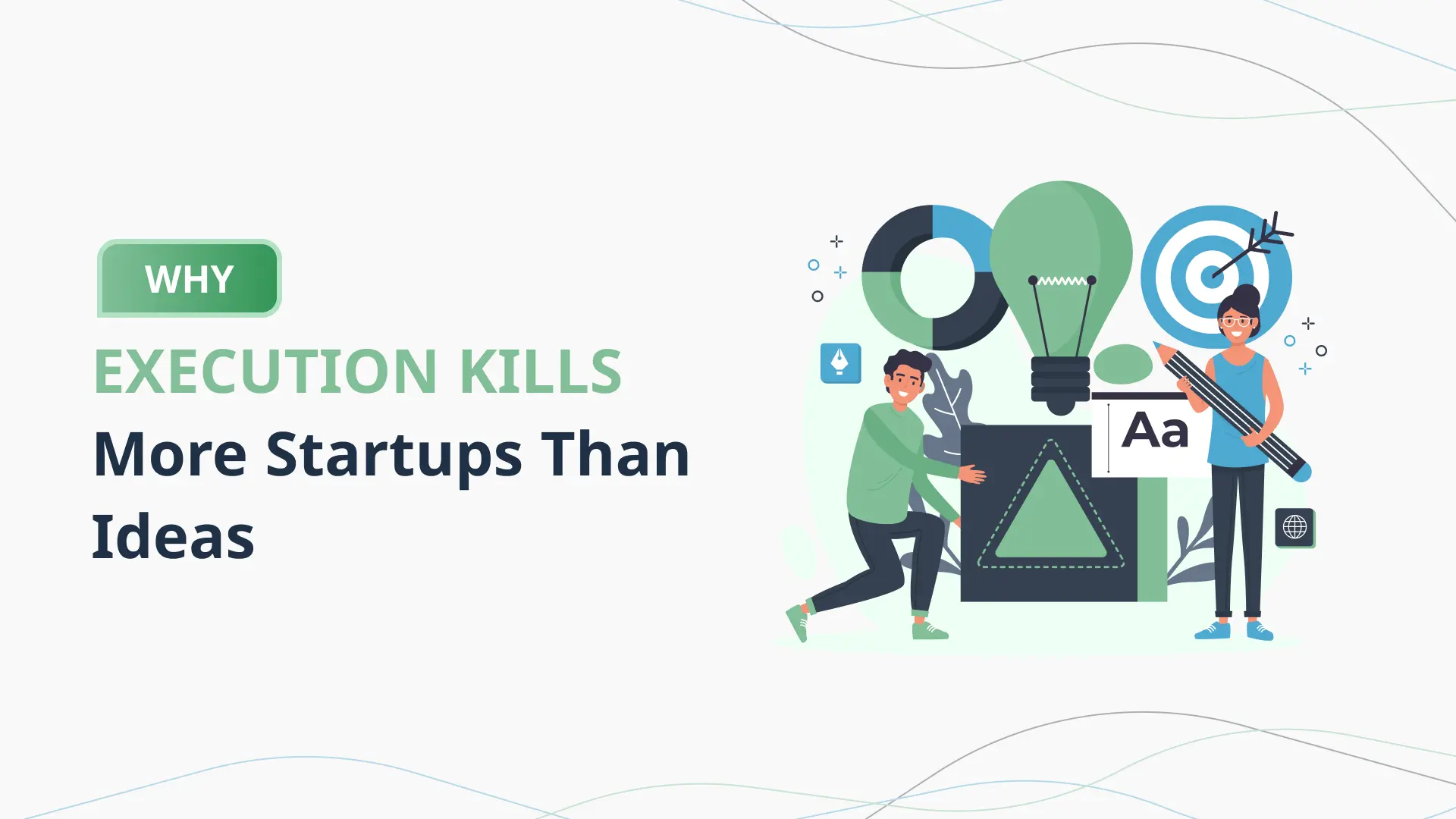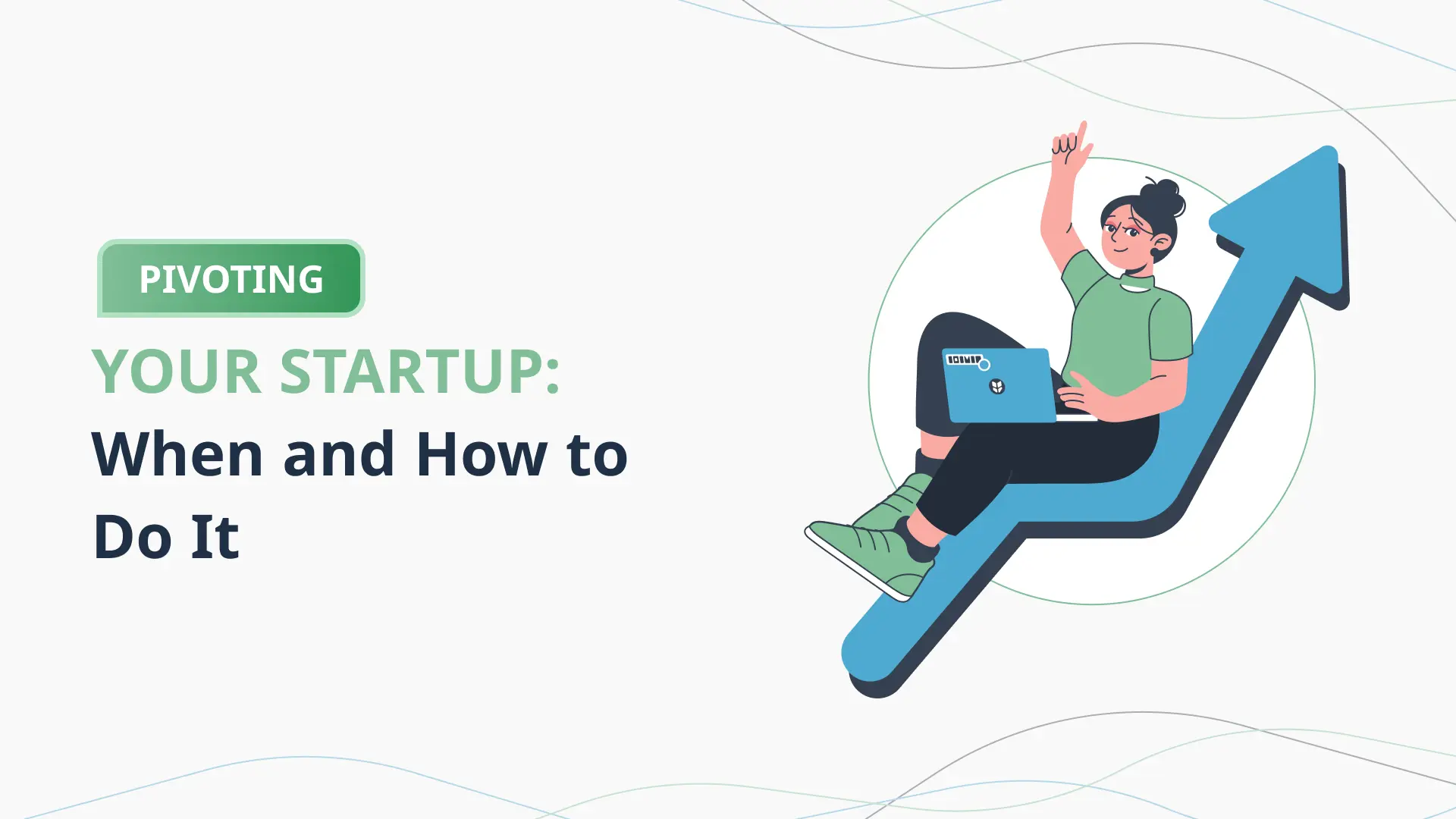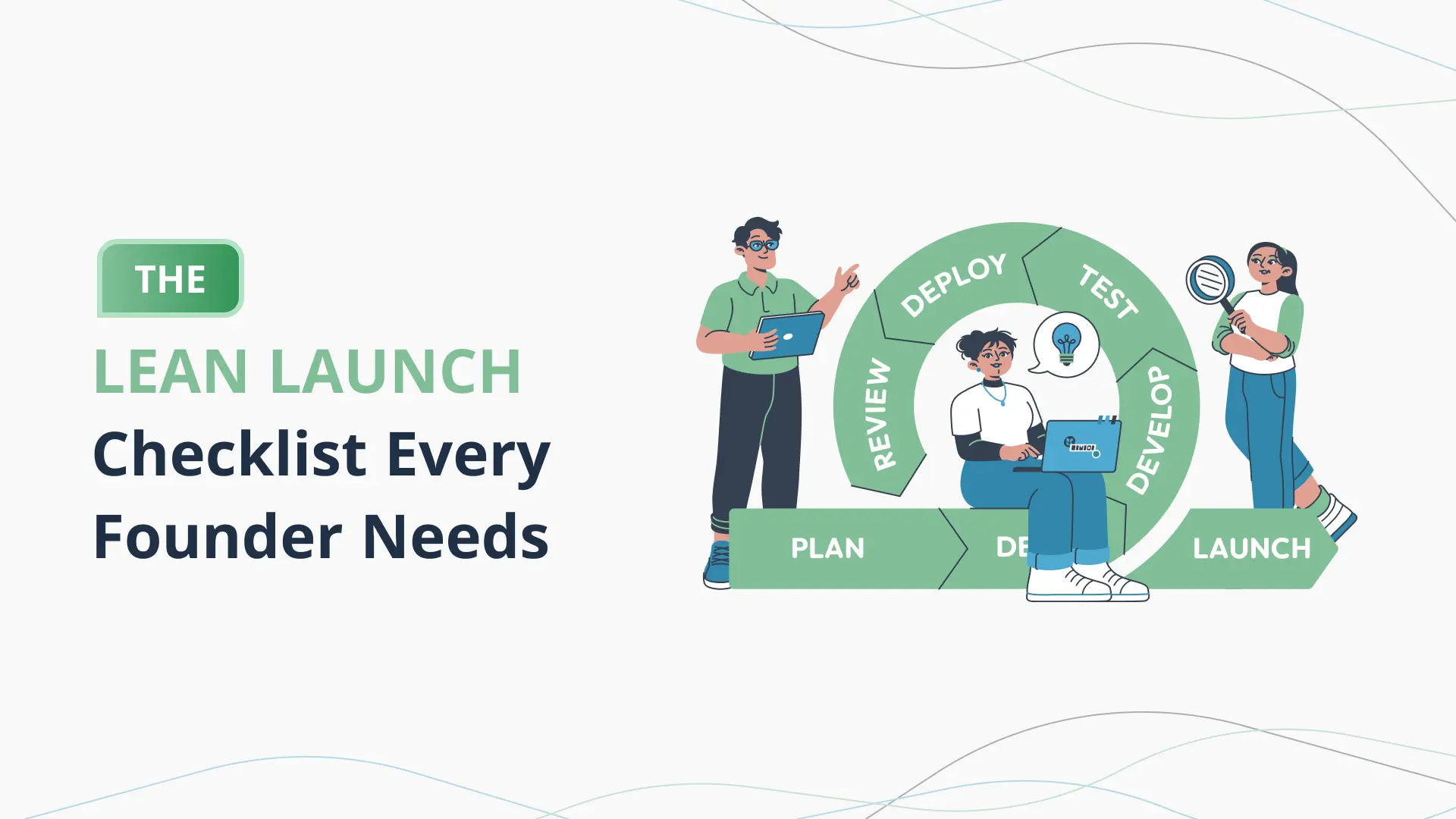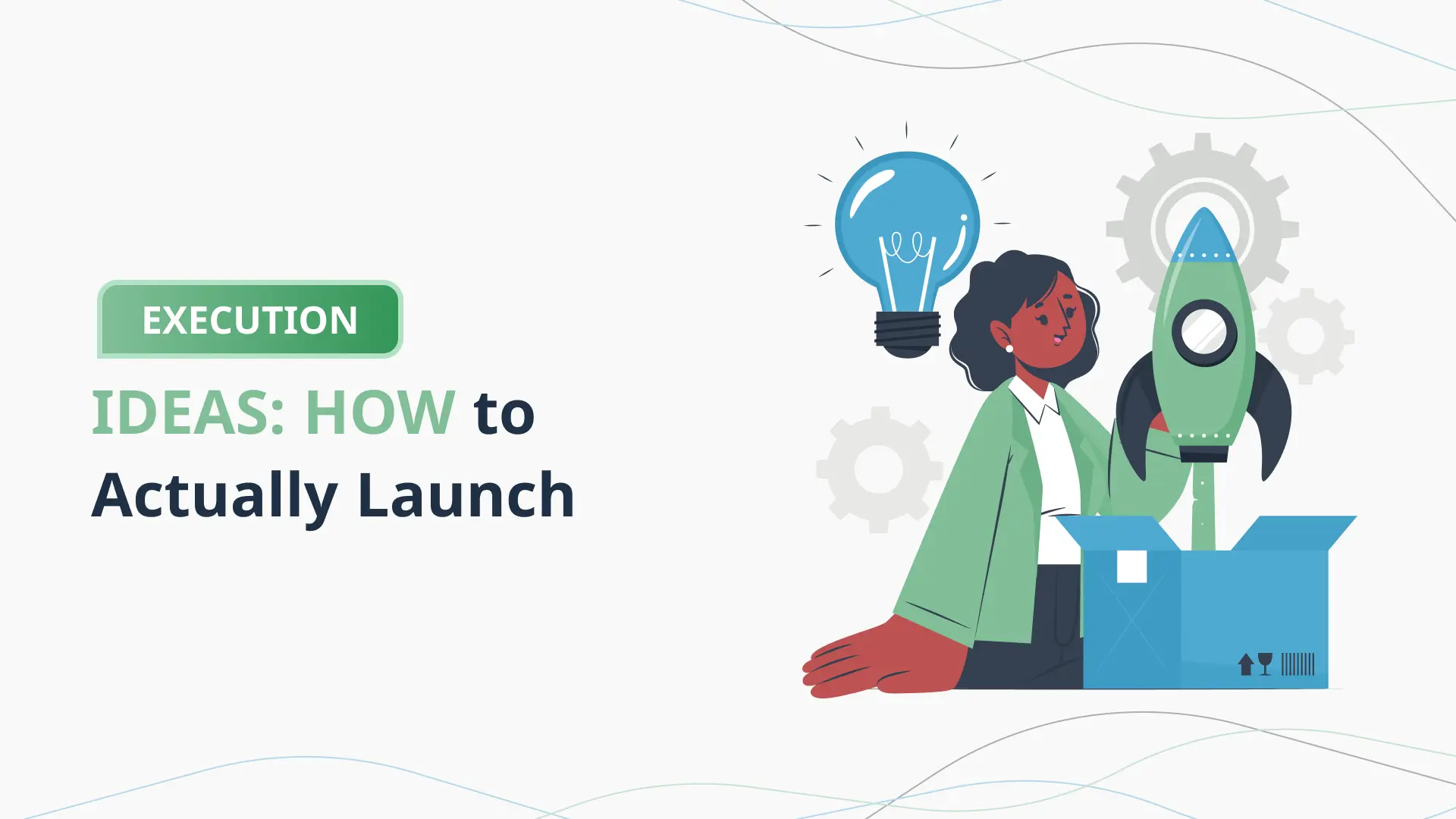The 10 Slides Every Investor Pitch Deck Needs
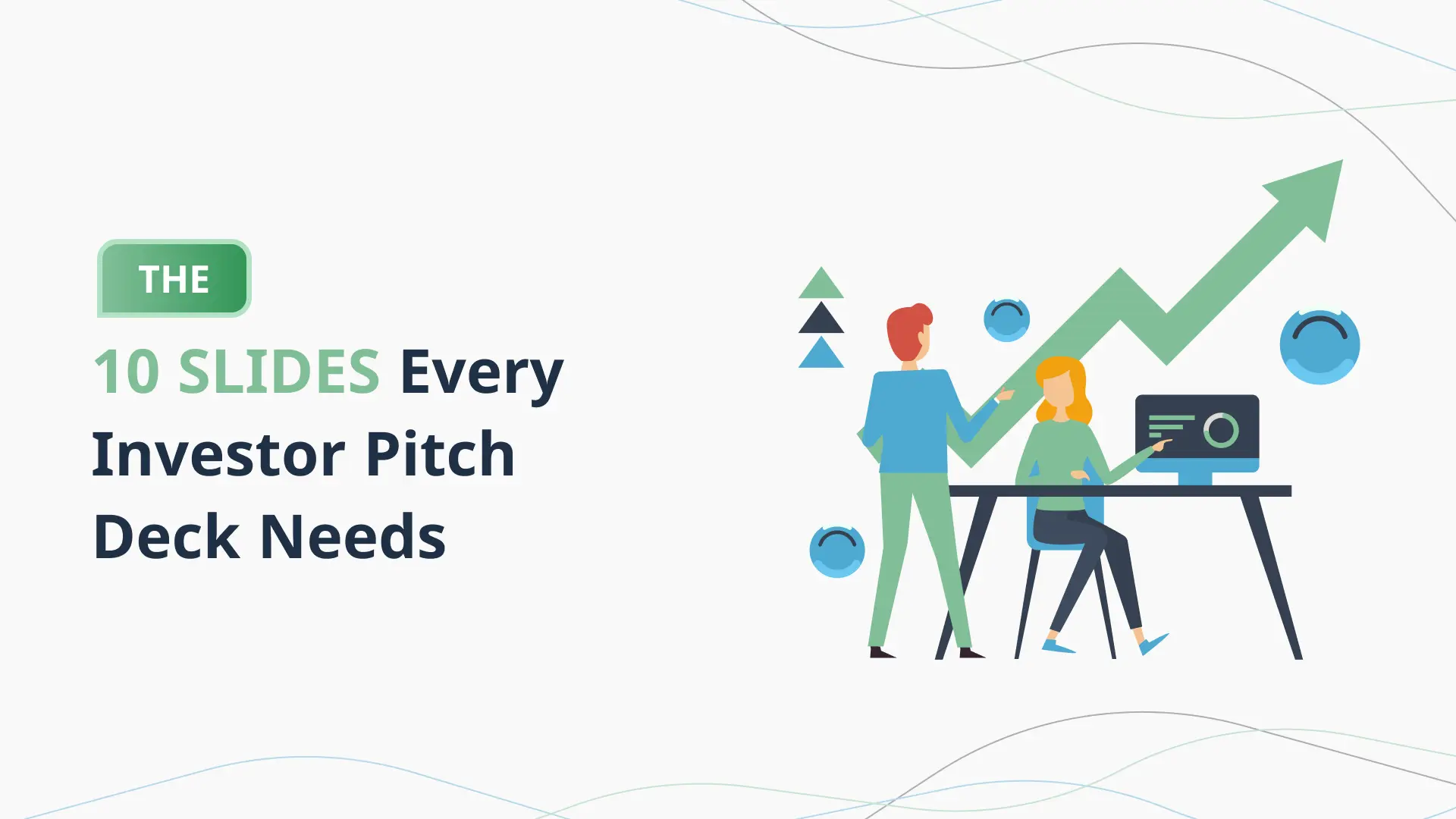
Introduction: Why Your Pitch Deck Slides Can Make or Break Your Startup
If you’re gearing up to raise funding for your startup, you’ve probably already heard how crucial your investor pitch deck is. It’s your foot in the door. Your shot at grabbing an investor’s attention. But here’s the hard truth—most pitch decks fall flat not because the ideas are bad, but because the deck doesn’t tell the story investors want to hear.
Too often, founders over-explain, under-prepare, or miss the mark entirely. And when you’ve only got a few minutes to make your case, there’s zero room for fluff or confusion. Investors aren’t just looking for flashy graphics or clever taglines—they’re searching for clarity, confidence, and evidence that your business has real potential.
So what exactly do investors want to see?
This blog breaks down the 10 slides every investor pitch deck needs. Whether you’re a first-time founder or refining your tenth version, this guide will help you strip out the noise and zero in on what matters. We’ll walk through what each slide should include, how to structure your narrative, common mistakes to avoid, and how to bring everything together in a way that feels polished, persuasive, and aligned with what venture capitalists are really looking for.
And if you’re tired of staring at blank slides or fumbling through outdated templates, there’s good news: tools like PlanVista are changing the game. As an AI business plan tool and pitch deck creator online, PlanVista gives you an edge by helping you build investor-ready decks, complete with financial projections, market analysis, and polished visuals—without having to hire a designer or spend weeks formatting.
From startup planning tools to automated business plan generators, the right software can save you hours and help you focus on what really counts: growing your business and landing that next investor meeting.
Why Investor Pitch Deck Slides Matter More Than You Think
Let’s get one thing straight—your pitch deck isn’t just a PowerPoint. It’s your business’s first impression. In many cases, it’s the only chance you’ll get to hook an investor before they swipe to the next startup. The right slides, in the right order, tell a story that turns skepticism into curiosity—and eventually into a check.
But what makes a pitch deck actually work?
It’s not about dumping all your business plan data into 20 slides. It’s about distilling your vision into something simple, compelling, and backed by evidence. Investors are busy. They look at dozens of decks a week. So the goal is to make yours the one that’s easy to follow, hard to forget, and impossible to ignore.
The “standard” format for a pitch deck didn’t come out of nowhere. Over the years, investors have zeroed in on the 10 slides that consistently provide the insights they care most about. These include your problem, solution, market size, business model, competitive landscape, go-to-market strategy, team, traction, financial projections, and funding ask. Miss one, and you risk leaving a gap in your story. Add too much, and you’ll lose them before slide four.
Founders often struggle to strike that balance. They either overcomplicate things with jargon or underwhelm with vague generalizations. That’s why having a clear structure—and the right pitch deck creator—can make such a difference. Tools like PlanVista aren’t just helpful; they’re essential for early-stage founders trying to get investor-ready fast.
With an AI business plan tool like PlanVista, you can generate smart, strategic pitch decks tailored to your business model. It automatically prompts you to include key sections and even generates financial projections using real-time logic. You won’t have to wonder whether your market size slide is too weak or your traction slide too vague—the PlanVista app has built-in guidance based on what investors actually want to see.
Even better, it syncs your business planning with your pitch deck creation. So whether you’re using it as a startup planning tool or for business idea validation, everything stays consistent and professional across the board. That’s one less thing to stress about when you’re pitching to VCs.
So yes, these 10 slides matter. But what matters more is how you use them to build trust, show momentum, and make it clear why your business is the one worth betting on. Don’t treat your deck as a formality—it’s your story, your strategy, and your biggest shot at capital.
The Step-by-Step Breakdown of the 10 Must-Have Slides
Building an investor pitch deck doesn’t need to feel like a guessing game. There’s a reason why some decks get all the meetings and others go straight to the “pass” pile. The structure matters. So if you’re wondering what exactly to include, here’s the tried-and-true flow that investors expect—and respond to.
1. Title Slide
Start strong. Your first slide should include your startup name, logo, tagline (if you have one), and contact info. Think of it like a business card with style. Keep it simple, clean, and easy to recognize.
2. Problem Slide
What pain point are you solving? Describe the problem clearly. Make it relatable, and if possible, add data to show this is a real issue affecting real people or businesses. The goal is to make the investor say, “Yeah, that’s a real problem.”
3. Solution Slide
Here’s where you explain your product or service. How does it fix the problem? Keep it focused and avoid technical deep-dives. Your solution should feel like a natural, elegant response to the problem you just introduced.
4. Market Size
Now it’s time to show the opportunity. Use this slide to highlight your Total Addressable Market (TAM), Serviceable Available Market (SAM), and Serviceable Obtainable Market (SOM). This is one area where many founders lose traction—either by guessing numbers or being too vague. If you’re using a startup planning tool like PlanVista, it can help calculate these based on real data inputs.
5. Business Model
How do you make money? Whether it’s subscriptions, one-time payments, or a freemium model, lay it out clearly. This is where your business plan generator earns its keep by helping you clarify your revenue streams.
6. Go-to-Market Strategy
How will you acquire customers? This slide is about distribution channels, marketing plans, partnerships, or any growth tactics you’re implementing. Show you’ve thought beyond “we’ll run ads.”
7. Competitive Landscape
Who else is out there? Use a simple competitor matrix or quadrant chart to show where you stand. A tool like PlanVista helps organize this visually, ensuring your deck looks polished without needing a graphic designer.
8. Traction
What have you achieved so far? Early revenue, user growth, partnerships, pilot programs—anything that proves momentum. Investors love traction. Even if you’re pre-revenue, showing progress matters.
9. Team
People invest in people. Highlight your founders, advisors, and key team members. Show why this group is uniquely equipped to win in your space.
10. Financials & Ask
Wrap it up with 3-5 years of financial projections, your current funding needs, and what the money will be used for. This is where using financial projections software like PlanVista becomes essential. It generates smart, investor-ready reports you can plug straight into your deck.
Each slide plays a critical role in the narrative. When aligned properly, they don’t just inform—they persuade. And with the right pitch deck creator online, like PlanVista, you can build a deck that’s not just complete—but compelling.
Common Pitch Deck Mistakes That Drive Investors Away
Even with a solid product and a great team, a weak pitch deck can stall your funding journey before it even begins. Most founders don’t mess up because they’re lazy—they mess up because they’re too close to the idea. They know too much, and that often leads to one of the biggest mistakes: overloading slides with information that confuses instead of convinces.
1. Starting With the Solution
Jumping straight into your product is a fast way to lose attention. You need to start with the problem. Without setting the stage for why your solution matters, it’s just noise. Investors want to understand what you’re solving before they hear how you’re solving it.
2. Ignoring Market Reality
Lots of founders either overinflate their market size or don’t back it with any credible sources. A pitch that claims a $100B opportunity without context screams “red flag.” Using a business plan generator or startup planning tool like PlanVista can help you ground your numbers with logic, not hype.
3. Weak Financial Projections
Your financials aren’t just numbers—they’re a test of how well you understand your own business. Many founders either leave this out or include overly optimistic, unrealistic projections. That’s why using financial projections software like PlanVista is such a game changer. It helps you build projections that are smart, scalable, and make sense to investors.
4. Overdesign or Underdesign
You don’t need to win a design award, but your slides should be clean, readable, and well-organized. A messy deck sends a message: “We didn’t care enough to prepare.” On the flip side, an over-designed deck with animations and wild color schemes can be just as distracting. With pitch deck creator tools like PlanVista, you get ready-to-use templates that strike the perfect balance—professional, but not over the top.
5. Not Customizing for Your Audience
Your pitch deck isn’t one-size-fits-all. What works for a seed investor might not work for a Series A VC. What resonates with a fintech investor might not click with someone in consumer products. Always tailor your narrative slightly depending on who’s on the other side of the table. This is easier when you’ve built your deck on a flexible platform like the PlanVista app, where updates take minutes—not hours.
6. Missing the “Ask”
Too many decks wrap up without a clear call to action. How much are you raising? What will the money be used for? Without a funding ask, you’re leaving investors wondering what the point was. Be confident and specific. Investors respect clarity.
Avoiding these pitfalls isn’t just about being cautious—it’s about building trust. A great pitch deck doesn’t just explain your business; it signals that you’re serious, prepared, and ready to grow. And with the help of tools like PlanVista, founders are creating smarter, more strategic decks every day.
A Real-World Example of What a Strong Pitch Deck Looks Like
To bring all this to life, let’s walk through a hypothetical founder and how she built an investor-ready pitch deck that hit the right notes.
Meet Maya. She’s the founder of “FreshCart,” a grocery delivery startup focused on underserved suburban areas. Maya knew she had a great idea—her early users were giving positive feedback, and she’d already launched a small pilot program. But when it came to raising seed funding, she was stuck. Her deck looked more like a product brochure than an investor pitch. It was missing structure, data, and most importantly, investor logic.
So Maya went back to the drawing board and rebuilt her deck using a startup planning tool. This time, she followed the 10-slide formula. She didn’t just throw together ideas—she crafted a narrative.
Here’s what that looked like:
- Her Problem Slide opened with real stats on food deserts in suburban neighborhoods, showing the scale and urgency of the problem.
- On the Solution Slide, she described FreshCart’s app and how it connects local farms, warehouses, and delivery partners to streamline last-mile logistics.
- The Market Size slide was no longer guesswork. Using a business plan generator, Maya calculated the Total Addressable Market (TAM) using census data and regional shopping behavior.
- On her Business Model slide, she laid out three revenue streams: delivery fees, subscriptions, and B2B partnerships with small retailers.
- For her Traction Slide, Maya showcased data from her pilot program—200+ orders per week, 40% customer retention, and steady month-over-month growth.
- Her Financial Projections were tight and investor-ready. Thanks to using a financial projections software platform, she presented a realistic three-year outlook with break-even points, revenue growth, and CAC vs LTV analysis.
But what really changed things? Maya used an AI business plan tool—PlanVista—to make it happen. With its smart prompts, customizable pitch deck templates, and automated financial projections, she was able to build a cohesive narrative that not only looked good but also made sense to investors.
She didn’t need to hire a designer or spend weeks tweaking numbers. Everything—from her pitch deck to her business plan—lived in one place, thanks to the PlanVista app. That kind of alignment is hard to pull off manually, especially when you’re a solo founder juggling everything else.
When Maya pitched to investors, the response was different this time. Her deck made it easy for them to see the potential. They didn’t have to ask for a follow-up version or dig through her email for financials. It was all there, well-structured and clearly explained.
She ended up closing her first $500k round—and it all started by getting her deck right.
Why Automation and AI Are a Game-Changer for Your Pitch Deck
Let’s be honest—building a great pitch deck from scratch is a lot harder than it sounds. Even if you know your business inside and out, packaging it in a way that resonates with investors takes time, clarity, and more than a little trial and error. But this is exactly where automation and AI can step in and make a real difference.
Instead of agonizing over every bullet point, slide layout, or financial model, founders are increasingly turning to tools that do the heavy lifting. These aren’t just shortcuts—they’re smart strategies. And when used well, they can take your pitch deck from average to investor-ready in a fraction of the time.
For starters, AI-powered business plan tools like PlanVista can help you define and structure your pitch deck with clarity. The platform walks you through the essential 10 slides, prompting you to answer the kinds of questions investors actually care about. No more second-guessing whether you’ve included enough detail on your go-to-market strategy or if your competitive matrix is too thin.
PlanVista doesn’t just guide your content—it actually enhances it. As a pitch deck creator online, it helps you generate professional visuals, forecasts, and narrative insights that align with what VCs expect. The financial projections software built into PlanVista, for example, takes your inputs and turns them into 3-5 year outlooks that are realistic, compelling, and perfectly formatted for your deck. It’s like having a CFO and a pitch designer in one tool.
And here’s where the automation part really shines: speed. What used to take weeks—coordinating with designers, revising spreadsheets, editing copy—can now be done in hours. If you’re preparing for a pitch meeting or demo day on short notice, you can still show up with something that looks sharp and feels investor-ready.
Plus, let’s not overlook how PlanVista helps with consistency. When you’re using multiple tools—Google Slides for design, Excel for projections, Word for business plans—things slip through the cracks. But when your startup planning tool, business plan generator, and financial modeling are all connected in one platform, your story holds together better. Investors notice that.
Whether you’re validating a new business idea or preparing for your next fundraising round, using AI and automation doesn’t just make things easier—it actually improves the quality of your work. You’re not just saving time; you’re building something smarter.
How Founders Are Using PlanVista to Nail Their Pitch Decks
Thousands of early-stage founders are discovering a better way to prepare for investor meetings—and it’s not by downloading another random slide template off the internet. Instead, they’re using smarter tools that take the guesswork out of pitch deck creation and put strategy front and center. One of those tools? PlanVista.
When you’re in the thick of building a startup, time is your scarcest resource. Between managing product development, talking to customers, and building a team, the last thing you want to do is spend weeks crafting pitch slides that may or may not hit the mark. This is why more founders are choosing PlanVista as their go-to pitch deck creator online.
It’s not just about design. PlanVista goes deeper, acting as both a business plan generator and an AI business plan tool. It helps you clarify your story, tighten your messaging, and pull in the financial projections and market data that give your pitch real credibility. With built-in prompts, expert-backed templates, and smart formatting, you’re not starting from scratch—you’re building from a proven foundation.
Founders are also loving how PlanVista supports business idea validation. Whether you’re testing a new model or pivoting your strategy, the tool helps you evaluate key assumptions and align them with the expectations of investors. The result? A pitch deck that feels polished, grounded, and fundable.
And it’s not just solo founders using it. Small teams are using PlanVista to collaborate on business plans and pitch decks in real time. Instead of juggling multiple tools—Word docs, spreadsheets, slide decks—they’re using one platform that keeps everything organized and aligned.
If you’re worried about your financials, PlanVista’s financial projections software can handle that too. Just plug in a few assumptions and the tool will generate realistic revenue forecasts, cost models, and cash flow projections—all formatted for your investor deck. No need for complex Excel formulas or expensive consultants.
The best part? PlanVista isn’t trying to replace your vision. It’s there to support it—by helping you tell your story in a way that’s focused, data-backed, and easy for investors to understand. You stay in control of the message. PlanVista just makes sure it’s delivered in the smartest way possible.
In a fundraising environment where first impressions matter more than ever, having an automated business plan and pitch deck system in place isn’t just a nice-to-have—it’s a competitive advantage. Thousands of founders are using PlanVista to move faster, pitch better, and raise smarter.
Conclusion: Your Pitch Deck Is More Than Slides—It’s Your Launchpad
Putting together a pitch deck isn’t just about checking boxes—it’s about showing investors that you understand your business, your market, and your growth strategy better than anyone else. And in a world where attention spans are shrinking and competition is fierce, your ability to tell that story well can determine whether or not you get a second meeting.
The 10 slides we covered aren’t just a format—they’re a framework. They give structure to your vision and ensure you hit the key points that matter to investors: the problem, your solution, the market opportunity, your business model, traction, the team behind it, and your financial outlook. Get those slides right, and you’re already ahead of most founders.
But here’s the thing: building those slides from scratch is tough. Most early-stage founders aren’t financial analysts or pitch designers. And when you’re wearing ten hats just to keep your startup moving forward, the last thing you need is another project that eats up hours of your week.
That’s where smart tools come in.
Platforms like PlanVista are built for exactly this kind of challenge. As an AI business plan tool and pitch deck creator online, PlanVista helps you organize your thoughts, validate your business idea, and generate investor-ready content with ease. It doesn’t just give you templates—it gives you a strategic advantage.
From drafting a strong market analysis to generating accurate financial projections, PlanVista offers startup planning tools that align with the real expectations of investors. It cuts out the noise and focuses on what matters most, so your pitch deck doesn’t just look good—it communicates real value.
And perhaps most importantly, it helps you move faster. Whether you’re prepping for your first investor call or polishing your deck for a demo day, PlanVista helps you get there without burning out or getting lost in the weeds.
Thousands of founders have already used the PlanVista app to simplify their business planning and streamline their funding process. If you’re serious about building momentum and want a smarter way to create, refine, and present your pitch, this is your sign.
You’ve got the vision. You’ve got the hustle. Now it’s time to give yourself the right tools to turn that into funding.
Start planning smarter with PlanVista. Try it now—no credit card required.
FAQs
PlanVista helps startups create business plans, financial projections, and investor-ready pitch decks quickly using AI.
Yes, PlanVista is built specifically to support early-stage founders with smart templates and automated planning tools.
Absolutely—PlanVista includes built-in financial projections software to help you generate realistic forecasts.
Yes, the platform includes easy-to-use templates so you can create polished decks without any design skills.
Yes, you can try PlanVista with no credit card required to see how it works for your business.
